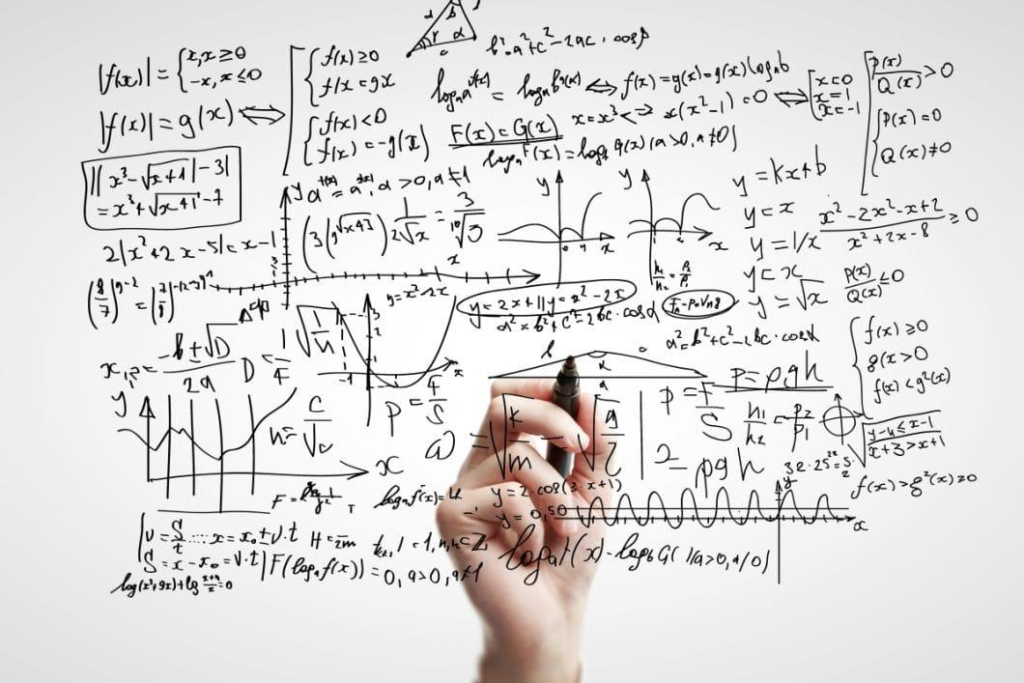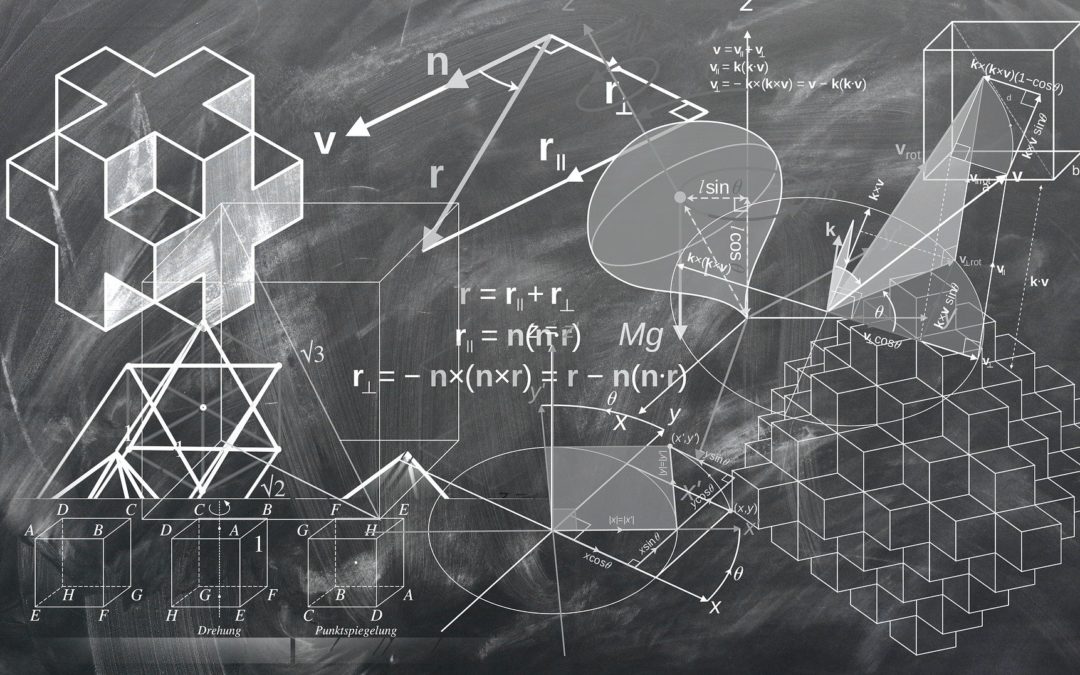In recent years, it has been heard more and more frequently talking about such an abstract concept as mathematical models in an abstract appearance. With the COVID-19 epidemic, news bulletins were filled with news with “predictions” about what could happen in the future and the impact of different confinement measures. This global emergency situation, and the lack of experience with something completely new, turned the problem into something too vast not to use any tool that would help us evaluate what were the best alternatives to manage the pandemic, and this is where the models play a fundamental role.
First, it is necessary to emphasize that the models are not a “divinatory science”, but are only a representation of reality. In fact, in our heads daily we build mental models and future scenarios to make decisions, that is, based on our past experience we anticipate and evaluate the consequences in the future of different alternatives, and based on this, we make choices about for example, what type of shoes wearing in a wedding, or how we organize the week. But when the system becomes too complex (many interconnected variables), we are left with only three options:
1) Go crazy trying to mentally analyse something immeasurable.
2) Take risks without thinking about future consequences.
3) Call on the help provided by formal models or tools when making decisions.
Of course, we are not going to build a model to decide what kind of clothes to take on a trip, but in the case of analysis of important decisions, such us certain policies and strategies that require large investments, or whose consequences are relevant for society, it is seems the most appropriate option.

In emergency situations, and with high uncertainty, as occurred during the pandemic, the models and planning tools built from them serve as a guide. No matter how much uncertainty the future inevitable implies, it is better to make “guided” decisions under the light of a headlamp than totally dark. According to George E.P. Box, “in essence, all the models are incorrect, the practical question is whether they are useful to us.”
Another undoubtedly emergency situation, although apparently more distant, is climate change. Due to the increase in greenhouse gas (GHG) emissions since the Industrial Revolution, the balance on the planet has been altered. CO2 is the gas that is currently contributing the most to this warming, basically because it is the gas that we have emitted the most in recent years. This gas, along with methane (CH4 ) and nitrous oxide (N2O) are called “long-lived” GHGs, because they persist in the atmosphere for decades and even centuries. Due to this, in climate policies it is essential to consider the dynamics of the climate system in which the effects are long-term, and in addition it is necessary to consider the inercia, that is to say, if in this year 2021, we cut all GHG emissions, the temperature would continue increasing. Therefore, the moment in which the policies are applied and implemented is also key.

Due to this, the use of dynamic models is essential for the design of climate policies, that is, models in which the variable “time” is the fundamental piece and, precisely, the objective is to be able to determine how certain variables of interest are going to evolve over time building scenarios (or different “possible” futures).
Likewise, due to the characteristics of the problem, the evaluation of climate policies is not only carried out in the short-medium term, but also needs to be done in the long term. For example, the European Union´ s climate neutrality target is set at 2050: almost 30 years from now!
Considering this global challenge, it is necessary to define planning instruments to give an “international and coordinated response”. Specifically, the European Union demands that each member state prepare the NECP (National Integrated Energy and Climate Plan) in which each country indicates its own decarbonization objectives as well as the measures to achieve them, including energy transition policies, together with an ante evaluation of these policies, precisely using this type of models and future projections.
Thus, the models are key support tools to help the politician or the person responsible of designing policies or strategies based on the information they offer. We know that perfection in real life (in real systems) does not exist, but we can make better decisions by evaluating which alternatives are better, or if they are simply feasible before implementing them. It would make no sense in a political plan to define objectives and measures by throwing numbers into the air. How much confidence would these long-term political promises give? What feeling would it produce in the population? Not just anger, but something worse: mistrust, leading to hopelessness and inaction. Therefore, planning tools have to: help understand the problem and raise awareness, and secondly, analyse and compare solutions, including their effectiveness, thus motivating the acceptance of said solutions as well as their future implementation.
But climate change is not the only problem in our society. Recently an investigation by the journal Science was released in the news, in which it warned about the threat of biodiversity due to the future massive deployment and without management of renewable energies in the territory. Therefore, planning instruments must go further and help us answer “somewhat” more complex questions: how to carry out the energy transition in an orderly and socially fair way? How to plan the territory to deal with climate change, favouring local development, and at the same time respecting biodiversity? In this regard, it is key in the design of climate and energy policies to also consider the different sustainable development objectives (social, economic, environmental,etc.) and therefore to use models that allow holistic analyses considering all the other aspects, such as through the so-called Integrated Assessments Models.

CARTIF participates in the development of this type of support tools for decision-making in matters of climate change in projects such as CCliMAP and LOCOMOTION. In the first case, modelling GHG emissions derived from territorial planning instruments at the municipal level. In the second project, through the development of IAMs (Integrated Assessment Models) in system dynamics, allowing the analysis and design of energy transition and sustainability policies even at the global level.
In companies it is essential to design and evaluate strategies before making decisions in order to use resources effectively. Our planet is the home we share, which provides us with the resources we need. What can interest us more than defining a good strategy to maintain the balance of our planet? It is clear that if it is necessary to radically change our roadmap, it is better that we know “how” as soon as possible.
- Can mathematical models help us to take care our planet? - 25 May 2021
